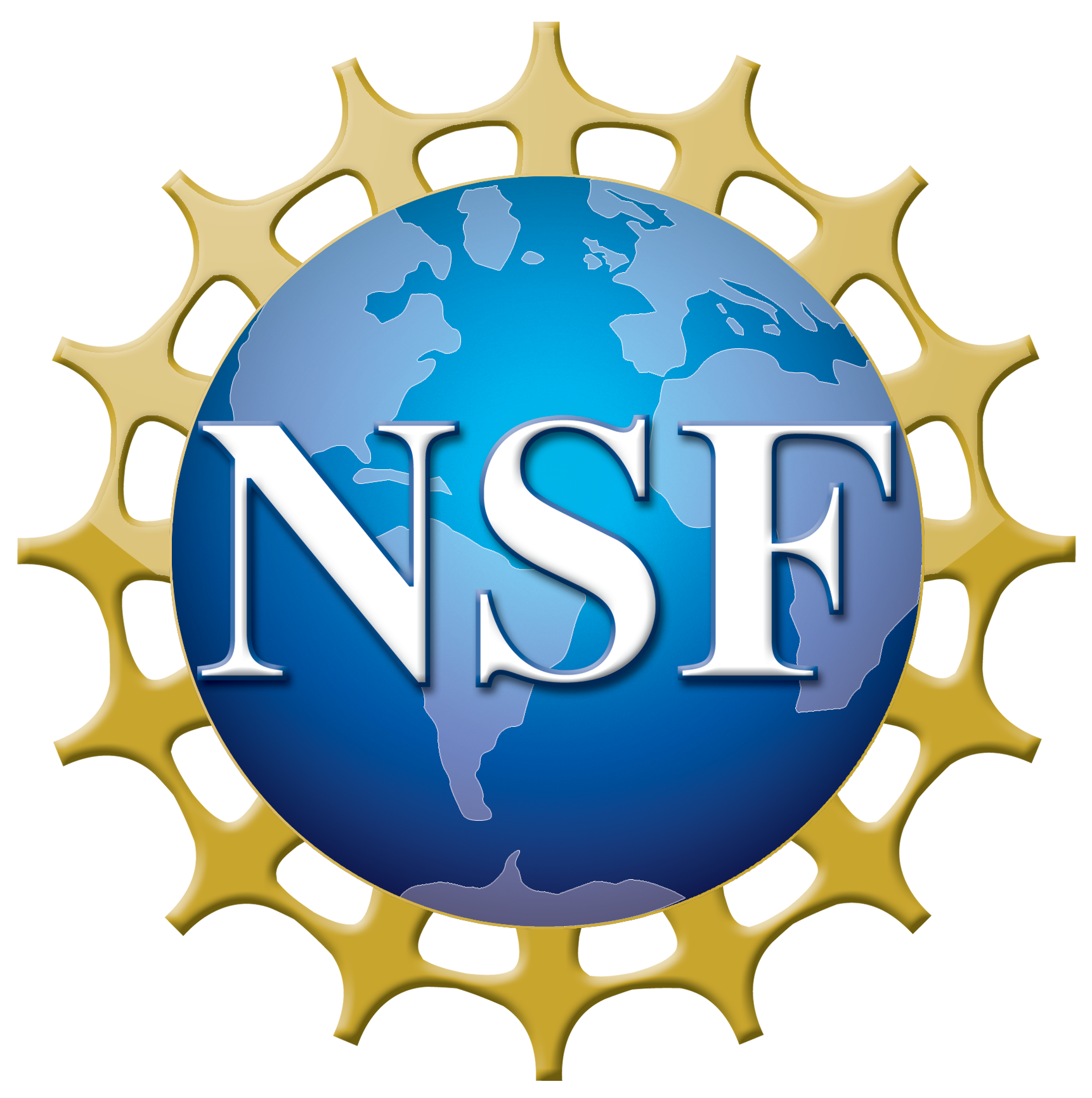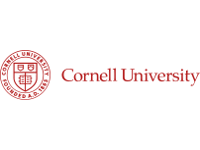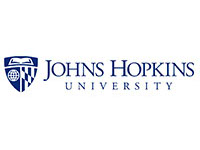PARADIM offers summer school programs that combine lectures and hands-on learning in the PARADIM facilities to educate and grow PARADIM’s community of practitioners. We also advance the field by providing sessions designed to develop the team skills necessary to enable creative and productive collaborations among theorists, crystal growers, and materials characterization experts. Through these summer schools, we are developing the next generation of technologists with the skills necessary to accelerate the discovery of atomically engineered inorganic materials that revolutionize electronics.
All summer school lectures are available in PARADIM’s Materials-by-Design Toolbox.
Summer Schools at Johns Hopkins University:
- 2016: Materials Growth and Design
- 2017: Design-Driven Synthesis of Topological Materials
- 2018: Exotic Magnetic States in Quantum Materials
- 2019: Discovery in the Era of Big (Materials) Data
- 2020: Virtual Summer School on Materials Growth and Design: Frontiers in Superconductivity
- 2021: Frustrated Magnetism Meets Topology
- 2022: Recent Developments in and Future Quantum Applications of Superconductivity
- 2023: Data Driven Materials Discovery: From ML to Maker Space
Summer Schools at Cornell University:
- 2016: An Introduction to Density Functional Theory (DFT) for Experimentalists
- 2017: Summer School and Workshop on Electron Microscopy
- 2018: An Introduction to Density Functional Theory (DFT) for Experimentalists
- 2019: MBE+ARPES: Customizing Oxides with Atomic Layer Precision and Measuring their Electronic Structure
- 2021: An Introduction to Density Functional Theory (DFT) for Experimentalists
- 2021: Scanning Transmission Electron Microscopy: Probing Local Structures, Chemistry and Functional Properties of Materials
- 2022: MBE+ARPES: Customizing Quantum Materials with Atomic Layer Precision and Measuring their Electronic Structure
- 2023: Introduction to Density Functional Theory for Experimentalists Including the Latest Advances
Gender |
Ethnicity |
Institution |
Participant |
|---|---|---|---|
| 34% F | 19% URM | 23% non-R1 | 68% grad students |
| 66% M | 72 % non-URM | 70% R1 | 15% post-docs |
| 9% no response | 7% other | 9% faculty 4% undergraduate 4% staff scientists |

Return to : Education Highlights







